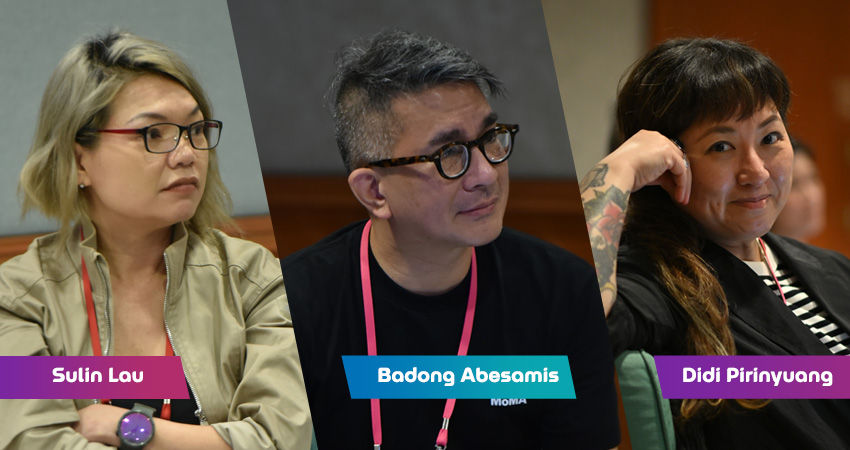
By Emir Shafri, Chief Creative Officer,
Publicis Groupe, Malaysia
Great creative collisions
aren’t just about smashing things together. They need friction: divergent perspectives,
clashing disciplines, and a touch of bold, controlled chaos. But here’s the
thing about friction: it is uncomfortable. It sparks conflict. It challenges
our instinct to avoid confrontation.
So how do we turn friction
into sparks of brilliance instead of a blaze that burns the team down? A
culture of collision doesn’t happen by accident. It must be built: a space
where it is safe to disagree, experiment, and, most importantly, fail. And
that’s easier said than done when you’re dealing with real people and their
very real temperaments.
Like any journey, it starts
with a compass: the “why” behind the collision. For Badong Abesamis, Founding
Partner of GIGIL Manila and Film Lotus, Outdoor Lotus, Press Lotus, and Radio
& Audio Lotus Juror, it’s all about creating work that moves culture. “The
best ideas collide creativity, business objectives, and pop culture in service
of the consumer,” he explains. That’s why he pushes his team to be curious,
voracious consumers of culture, entertainment, and human behaviour beyond the
world of advertising.
But curiosity isn’t just for
junior creatives. It extends to leaders too. “The last thing I want to do is
tell my Gen Z creatives how Gen Zs should behave,” Badong admits. Instead, he
listens more than he preaches. Because real creative collisions happen when
different voices shape the work, not in a leader’s echo chamber.
Of course, a compass alone
isn’t enough; you also need a map. A way of working that encourages collision.
And here’s the thing: you can’t PowerPoint your way to a culture of creative
collision. No amount of mission statements or town hall speeches will make
people feel safe enough to challenge ideas.
For Didi Pirinyuang, Chief
Creative Officer of VML Malaysia and fellow Film Lotus, Outdoor Lotus, Press
Lotus, and Radio & Audio Lotus Juror, culture isn’t built in townhalls.
It’s built in the trenches. Despite the “director” in creative director,
she sees herself as a facilitator. “I don’t sit back and wait for work reviews
to tell people what to do. I work with my team throughout the process, making
sure there’s a safe space for different opinions to collide,” she shares. That
means practicing openness daily, making room for dissenting voices, and showing
– not just saying – that every idea, no matter how wild, is welcome.
But fostering openness
doesn’t mean being nice all the time. Sometimes, it means being firm. Sulin
Lau, Regional Head of Brand and Marketing – Mobility, Deliveries, Fintech, B2B
of Grab Singapore and Brand Experience Lotus, Commerce Lotus & Direct Lotus
Jury President, puts it bluntly: “Don’t kill your team with kindness. If
someone threatens a culture where it’s safe to collide, the kindest thing to do
is part ways, and fast!”
She adds, “But being firm
isn’t the same as being mean.” You can be direct and hold people accountable,
but they should always know you have their best interests at heart. After all,
there’s no safe space without clarity, trust, and the ability to challenge each
other without fear.
Creative collision isn’t
about smashing things together just to see what sticks. It’s about creating the
right conditions where friction fuels fire, not burnout. It’s about embracing
new perspectives, making space for healthy conflict, and sometimes, making
tough calls. Because in the end, the best cultures aren’t built on comfort.
They’re built on courage.
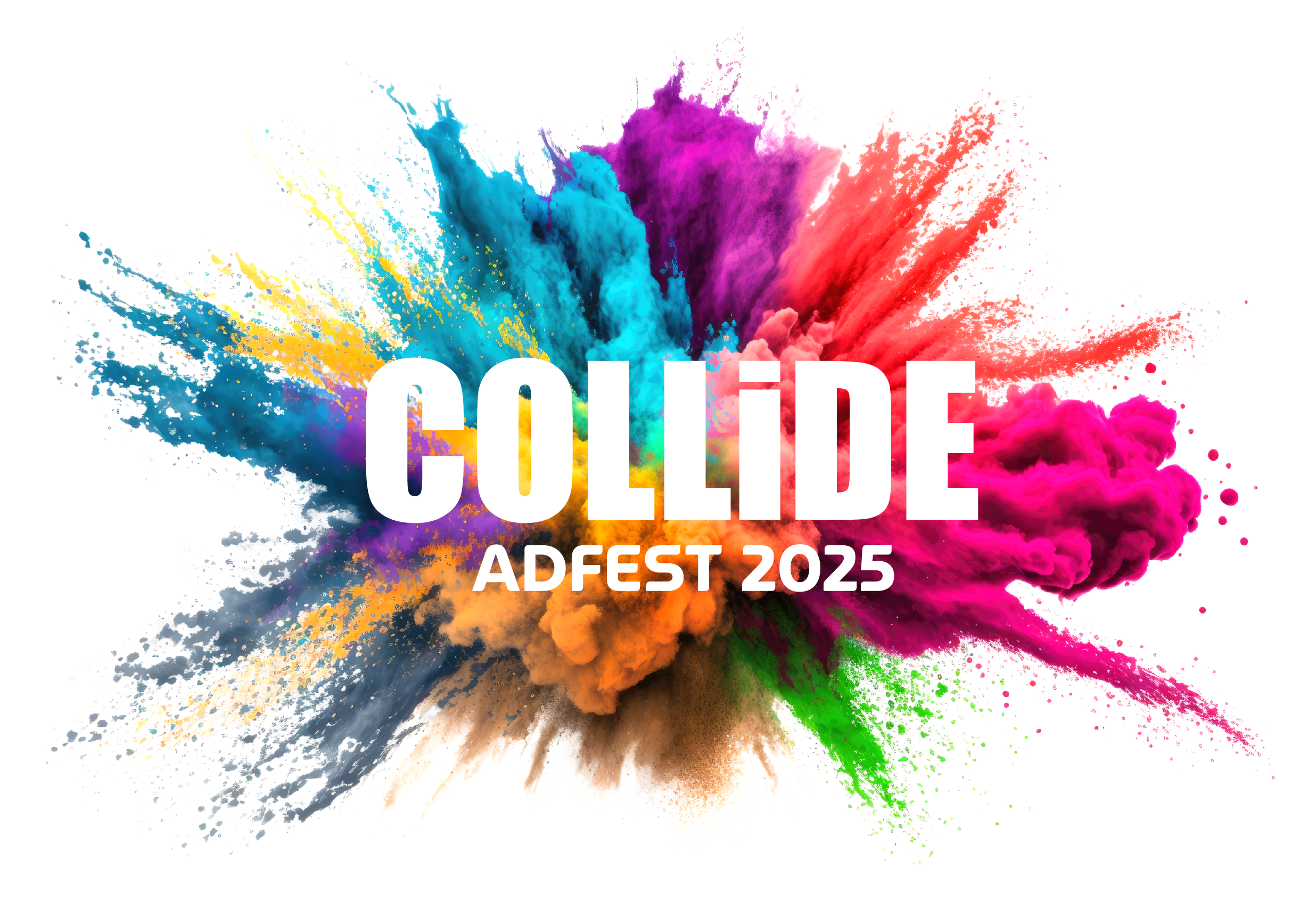





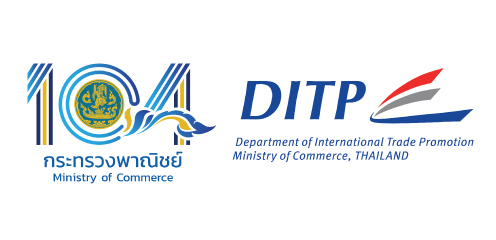
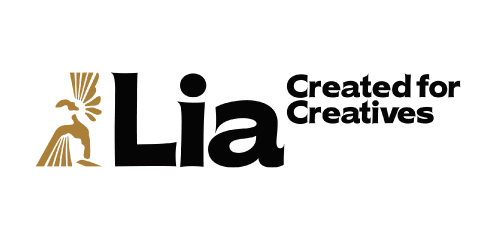
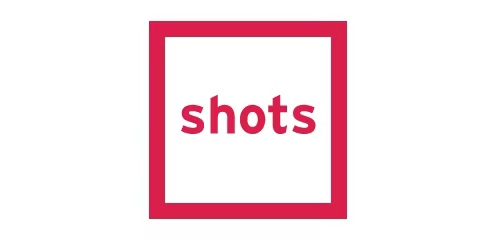
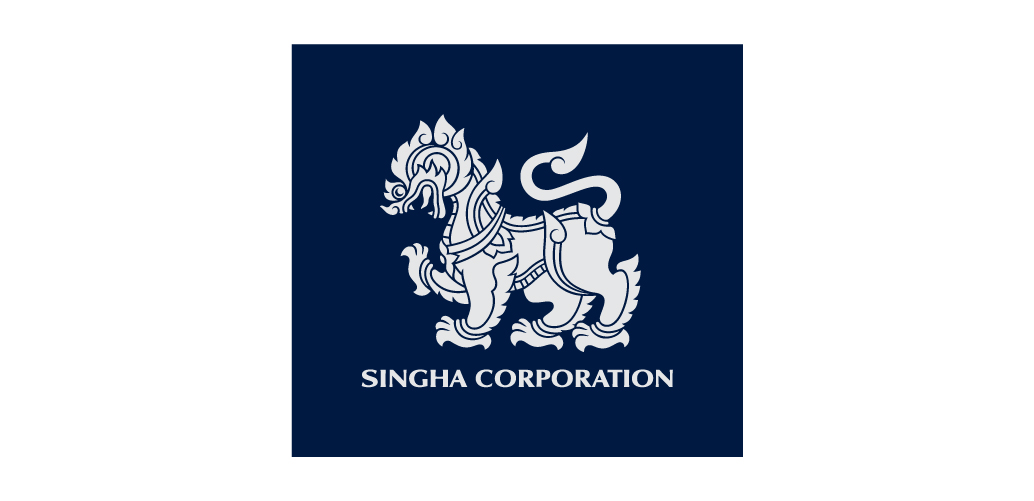

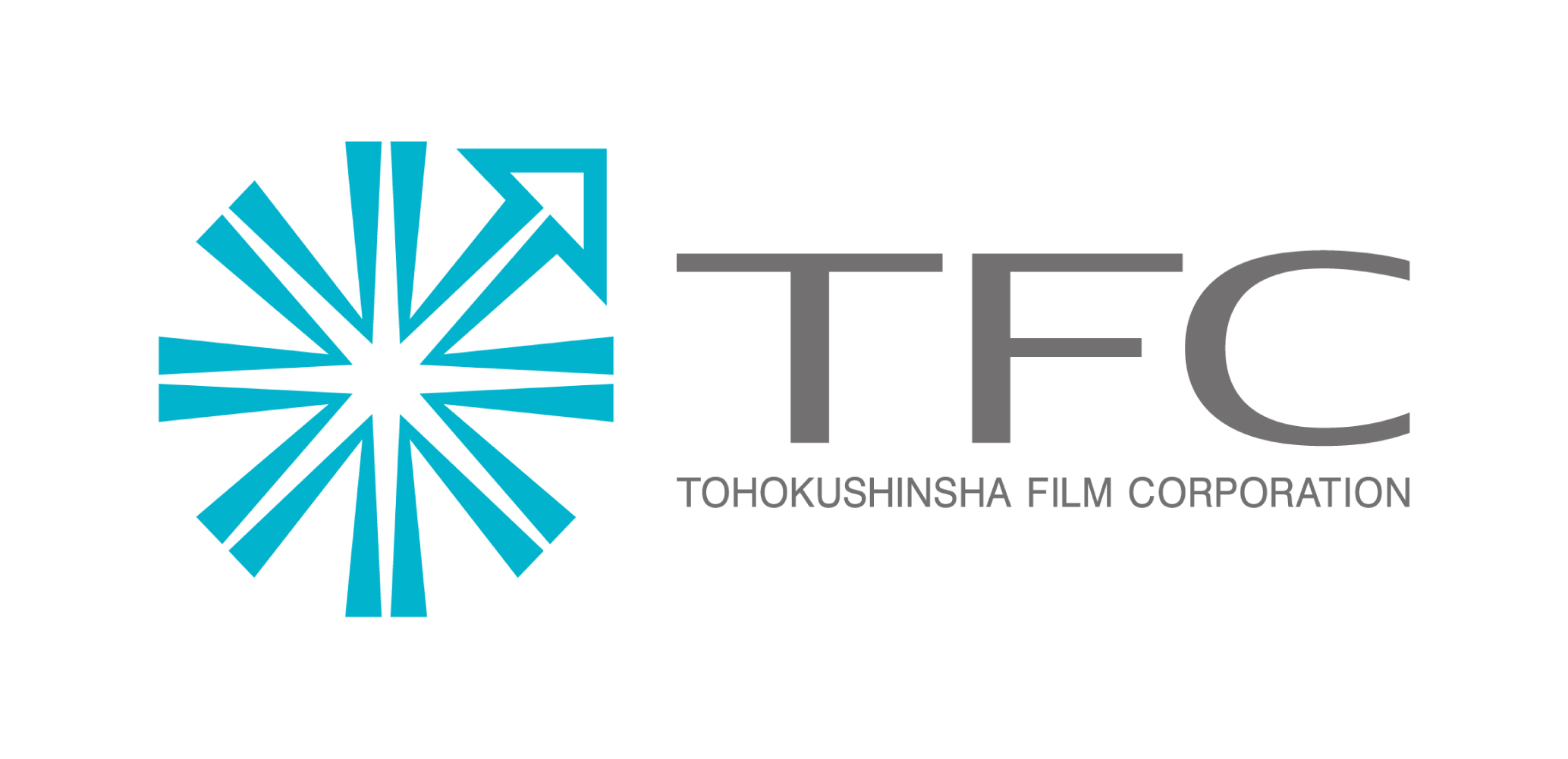
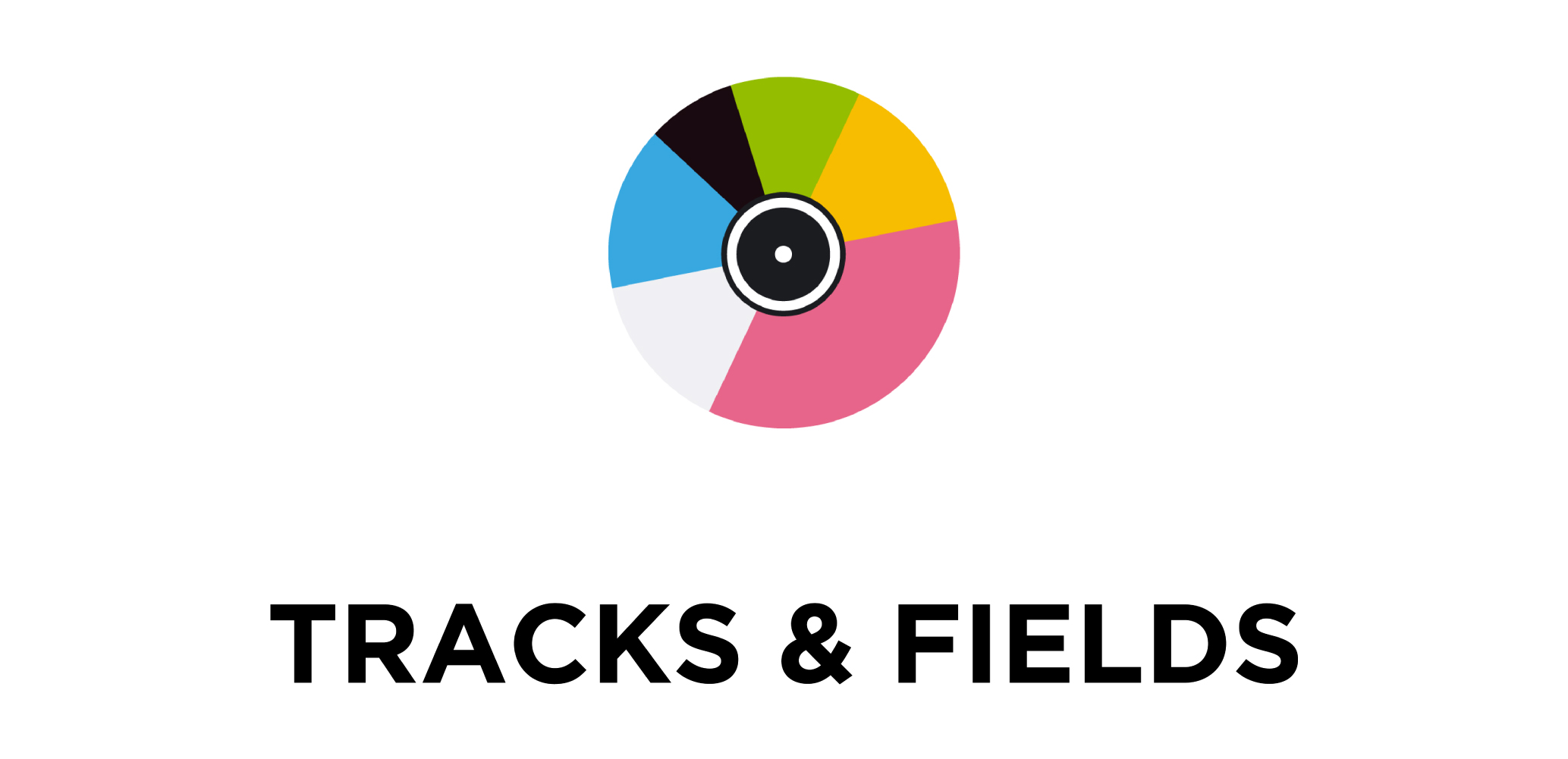
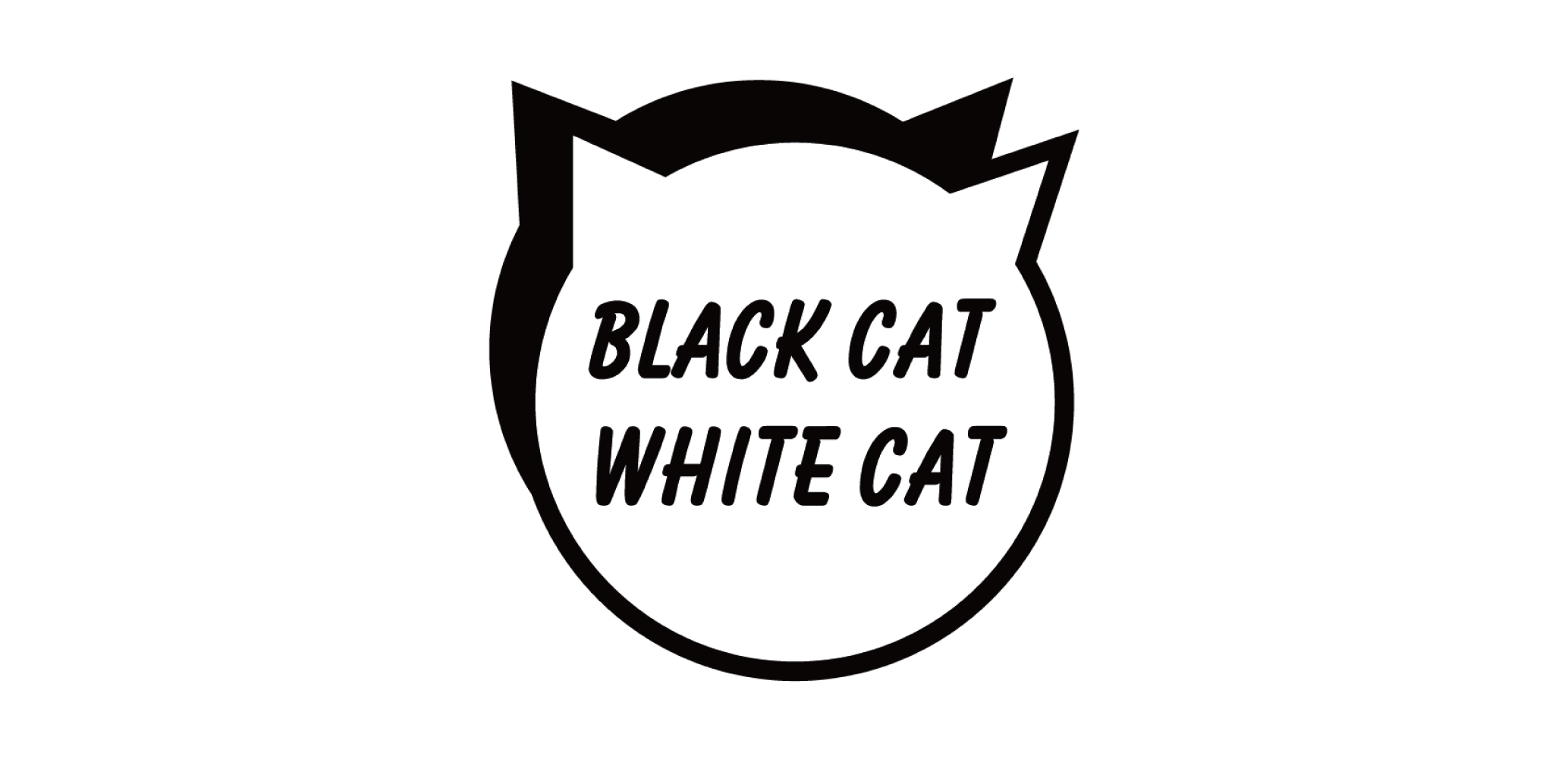

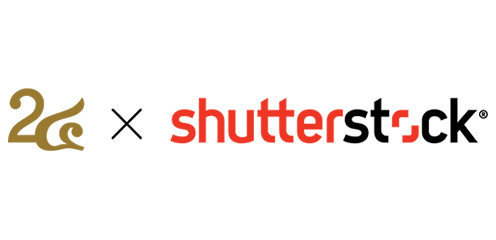
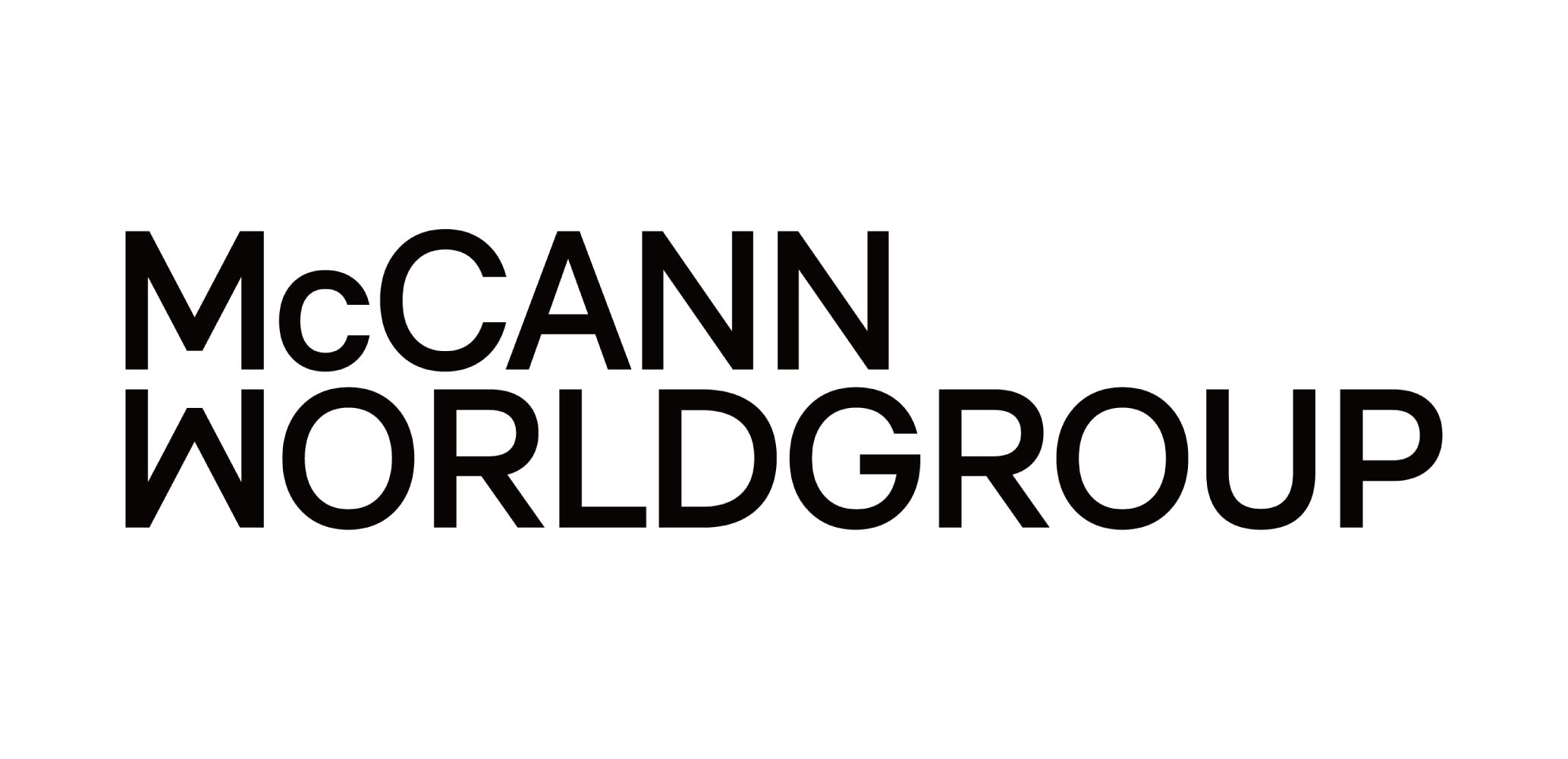
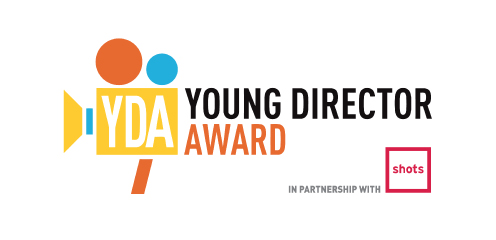
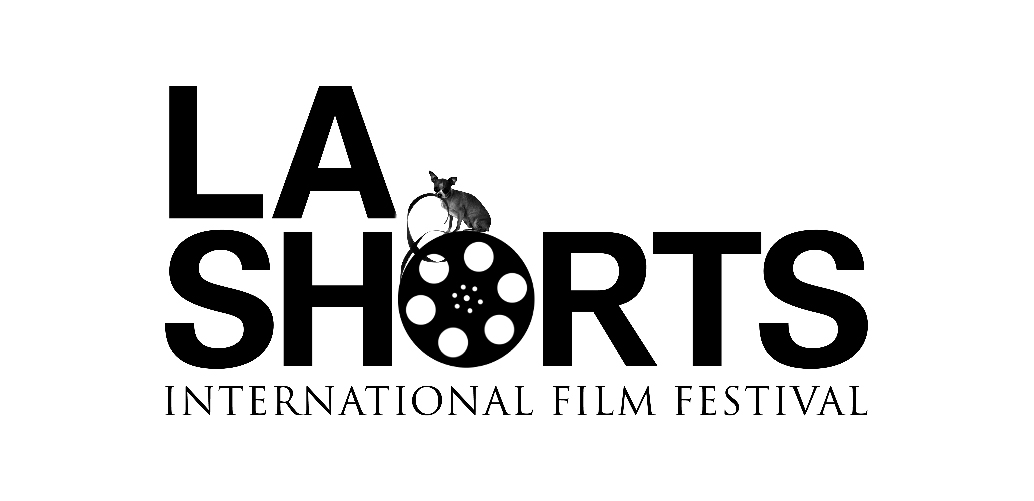

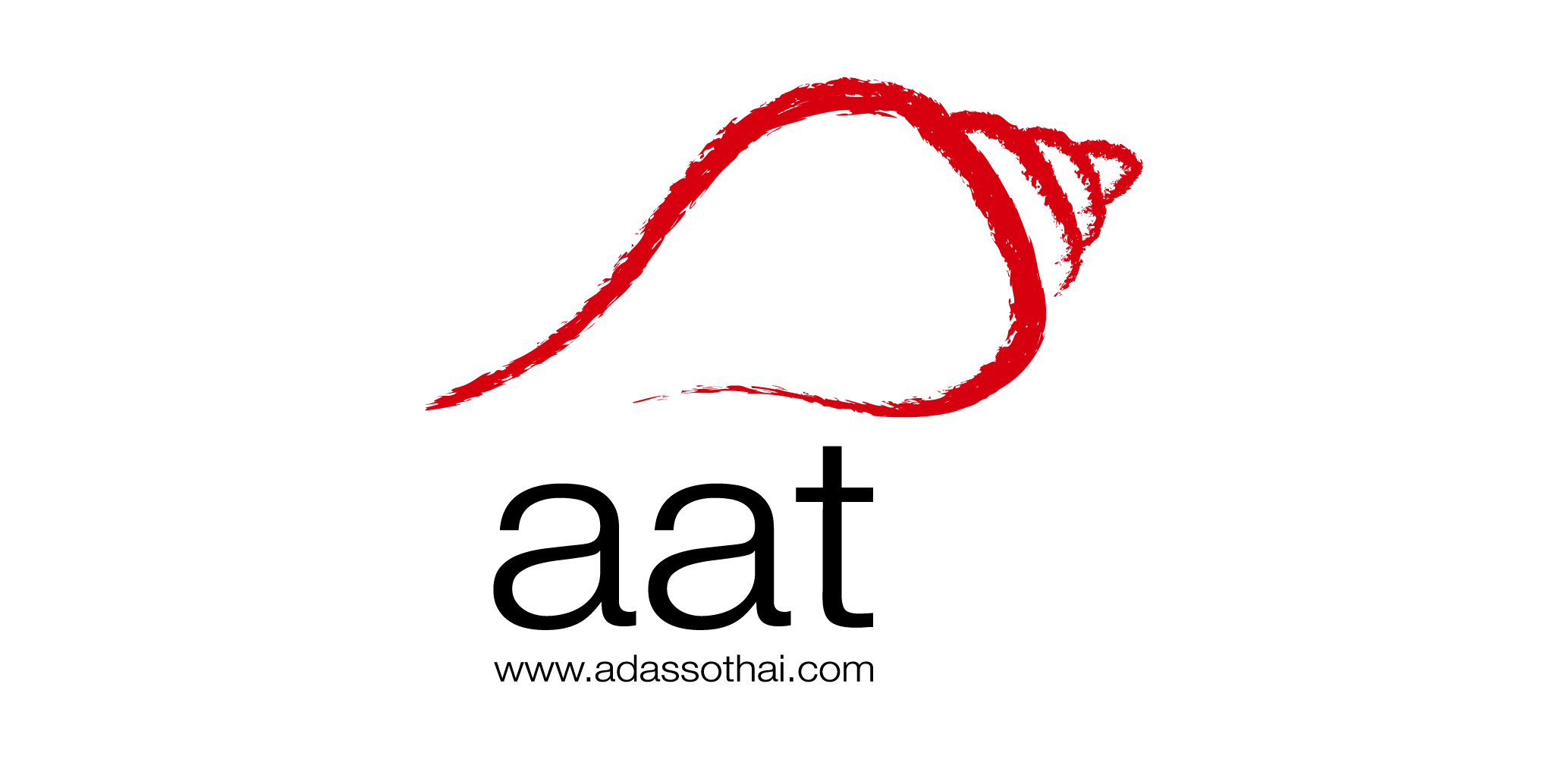
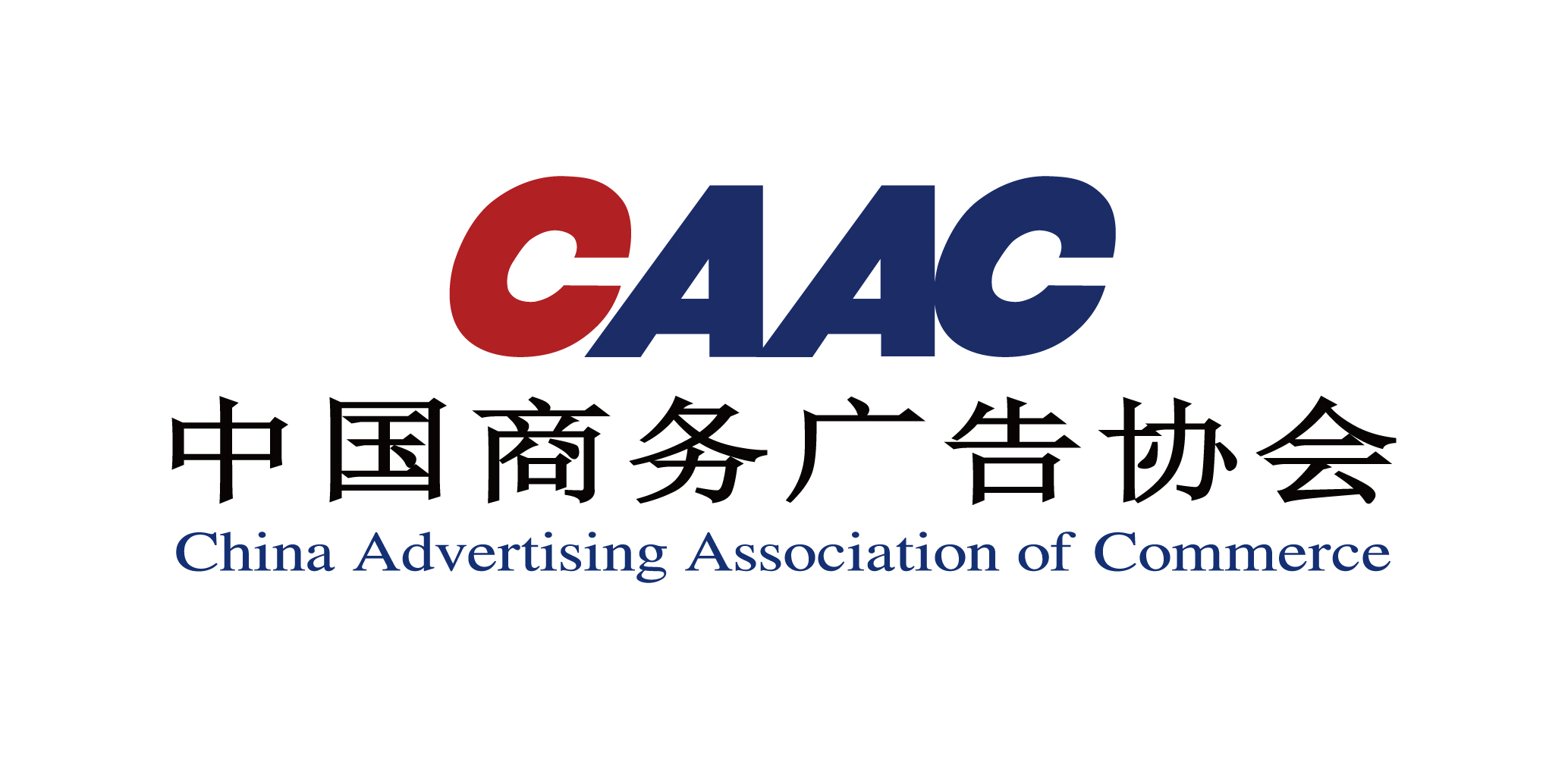

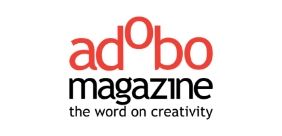

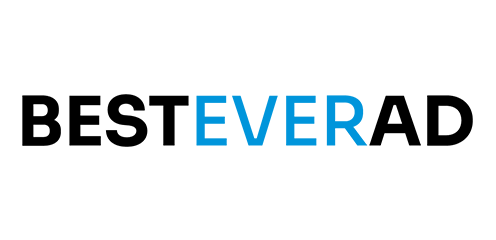

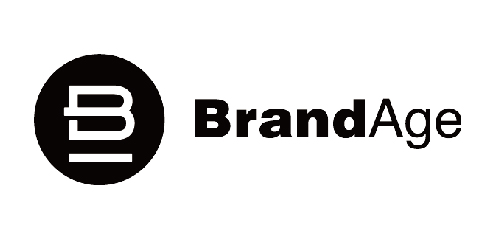


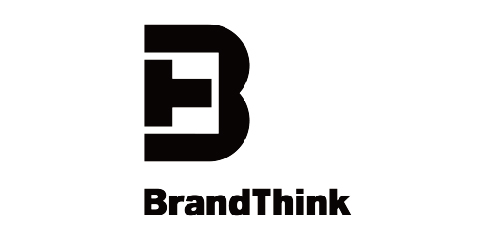
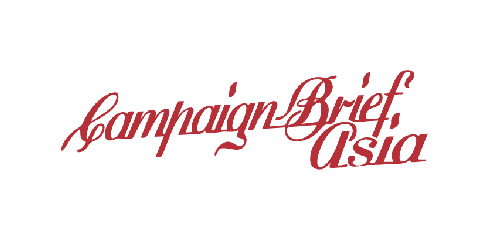
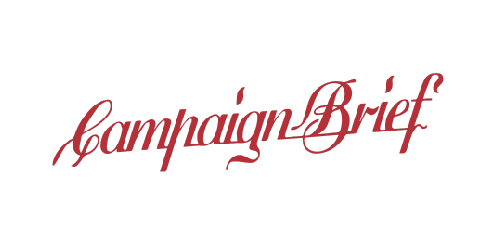
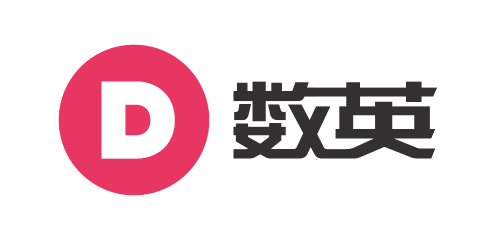
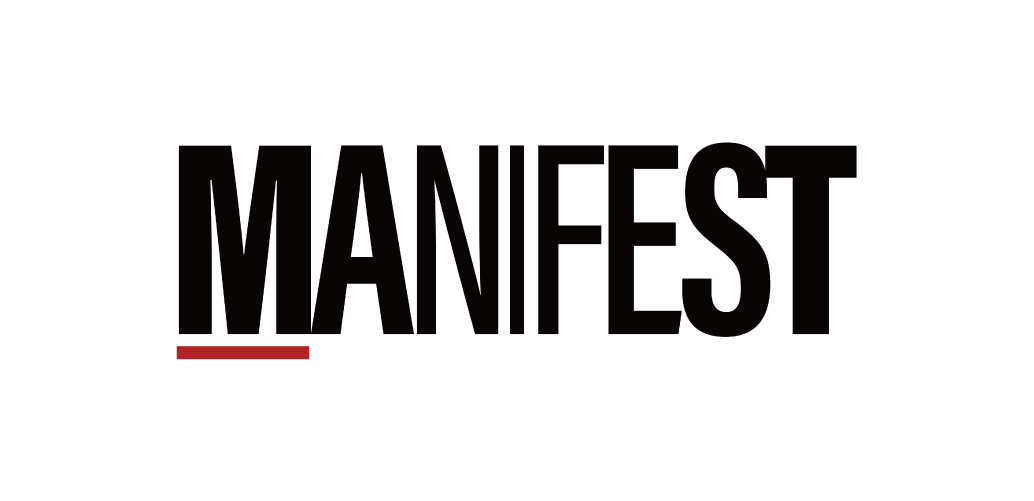
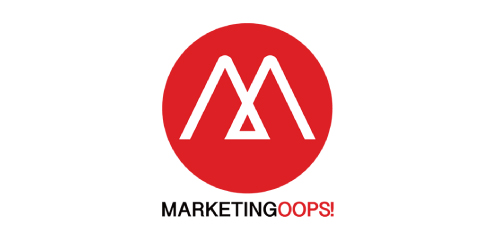

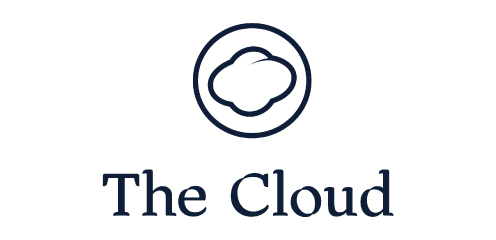

.png)
.png)
.png)
